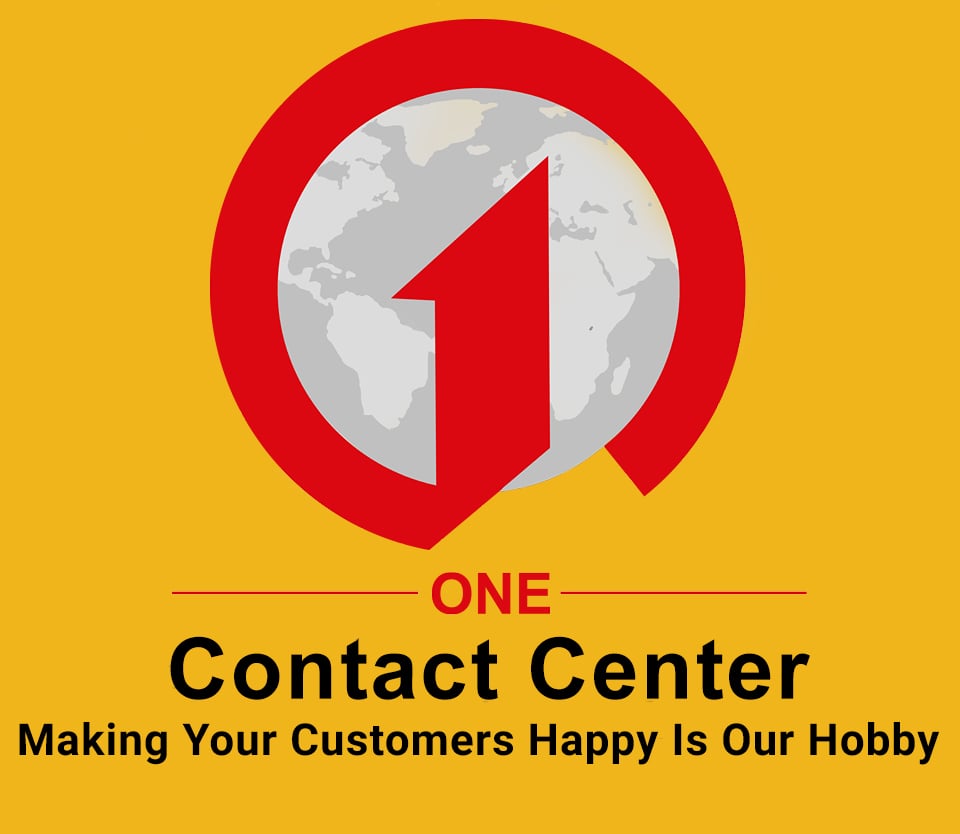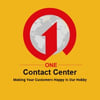Choosing between an on-premise and a cloud call center is a big decision for any business. Each option has its pros and cons, and what works for one company might not work for another. In this article, we will break down the differences, costs, and benefits of both solutions to help you make the best choice for your business needs.
In the world of sales, reaching out to potential customers is key. But not all calls are the same. Hot calls and cold calls are two different ways to connect with prospects. Knowing the difference between them can help you choose the best approach for your sales strategy.
Defining Hot Calls and Cold Calls
In sales strategies and customer engagement discussions, "hot calls" and "cold calls" are common terms. A hot call involves reaching out to a lead who has already shown interest in a product or service, often resulting in a more receptive conversation. On the other hand, a cold call means contacting prospects who haven't shown prior interest, which presents unique challenges and necessitates different techniques.
The Psychology Behind Hot and Cold Calls
Understanding Prospect Mindset
When making a call, it's crucial to understand the prospect's mindset. Hot calls usually involve prospects who have shown interest, making them more open to conversation. On the other hand, cold calls target individuals who may not be expecting the call, which can lead to initial resistance.
Building Initial Rapport
Building rapport quickly is essential in both hot and cold calls. For hot calls, leverage the prospect's prior interest to create a connection. In cold calls, start with a friendly introduction and find common ground to ease into the conversation.
Overcoming Objections
Objections are common in both types of calls. In hot calls, objections might be more specific to the product or service. In cold calls, objections often stem from the prospect's lack of familiarity. Addressing these concerns confidently can turn a hesitant prospect into a potential customer.
Understanding the psychology behind these calls can significantly improve your approach and increase your success rate.
Strategies for Effective Hot Calling
Hot calling is a powerful tool in sales, but it requires a strategic approach to be truly effective. Here are some key strategies to help you make the most of your hot calls.
Identifying Hot Leads
The first step in hot calling is to identify your hot leads. These are prospects who have shown a clear interest in your product or service. Research is crucial here. Look at their past interactions with your company, their purchase history, and any other relevant data. This will help you understand their needs and tailor your approach accordingly.
Crafting the Perfect Pitch
After identifying your hot leads, the next step is to create the perfect pitch. Your pitch should be customized to address the specific needs and pain points of your prospect. Emphasize how your product or service can benefit them. Keep in mind that the more prepared you are, the higher your chances of converting the lead into a customer.
Follow-Up Techniques
Follow-up is an essential part of hot calling. After your initial call, make sure to follow up with your prospect promptly. This shows that you value their time and are dedicated to meeting their needs. Use follow-up calls to address any additional questions or concerns they may have and to reinforce the benefits of your product or service.
Timely follow-ups on recent inquiries or issues assure the customer of the company's dedication to customer satisfaction, fostering loyalty and potentially leading to repeat business.
Challenges and Benefits of Cold Calling
Initial Contact Challenges
Cold calling is a tough job. Sales reps often face a lot of rejection. It's common for prospects to hang up or say they're not interested. This can be discouraging. But, with practice, salespeople can get better at handling these situations.
Benefits of Cold Calling
While cold calling can be challenging and often involves facing rejection, it remains an essential tool for sales professionals to generate new business and expand their customer base. Here are some benefits:
- Direct Contact: You get to talk to potential customers directly.
- Immediate Feedback: You can quickly learn what prospects think about your product.
- Building Relationships: Even if you don't make a sale, you can start a relationship that might lead to future business.
Tips for Success
To succeed in cold calling, follow these tips:
- Prepare Well: Know who you're calling and why.
- Stay Positive: Keep a positive attitude, even if you face rejection.
- Practice Your Pitch: Make sure you know what to say and how to say it.
- Follow-up: If a prospect shows interest, follow up with them.
Cold calling can be tough, but with the right approach, it can also be very rewarding.
Tools and Technologies to Enhance Calling Strategies
In today's fast-paced sales environment, leveraging the right tools and technologies can significantly improve the effectiveness of both hot and cold calls. CRM systems are essential for managing customer relationships and tracking interactions. They help sales teams stay organized and ensure no lead falls through the cracks.
Measuring Success in Hot and Cold Calls
Key Performance Indicators
To assess the effectiveness of your sales calls, it's important to monitor key performance indicators (KPIs). Tracking KPIs for cold calling is vital to evaluate the success and efficiency of your sales efforts. Here are the most important ones:
- Call Volume: The total number of calls made.
- Connection Rate: The percentage of calls that result in a conversation.
- Conversion Rate: The percentage of calls that lead to a sale or next step.
- Average Call Duration: The average time spent on each call.
- Follow-Up Rate: The percentage of calls that require a follow-up.
Analyzing Conversion Rates
Conversion rates are a vital metric for understanding how well your calls are performing. By analyzing these rates, you can identify which strategies are working and which need improvement. For instance, if your conversion rate is low, you might need to refine your pitch or better qualify your leads.
Regularly evaluate your strategy’s results and adjust as needed, keeping your audience’s needs and the market situation in mind.
Adjusting Strategies Based on Data
Making data-driven decisions is crucial for refining your calling strategies. Use your KPIs to test new tactics and implement fresh strategies. If your outcomes aren't as expected, analyze the reasons. Are you effectively reaching prospects and closing sales, or are you not making an impact? Modify your approach based on the data insights to improve your results.
Integrating Hot and Cold Calls into a Sales Strategy
Balancing Both Approaches
To create a successful sales strategy, it's important to balance both hot and cold calls. Each tactic has its own unique benefits. Hot calls often lead to higher conversions, while cold calls help broaden your customer base. A well-rounded approach can lead to sustained sales success.
Training Your Sales Team
Training your sales team is essential for successful hot and cold calling. Ensure they grasp the distinctions between these methods and know how to apply them. Frequent training sessions will keep your team informed about best practices and new strategies.
Case Studies and Examples
Looking at case studies and examples can provide valuable insights. They show how other companies have successfully integrated hot and cold calls into their strategies. This can help you identify what might work best for your own business.
Conclusion
In the world of sales, knowing the difference between hot calls and cold calls can make a big difference. Hot calls are made to people who already know about your product or service, making them more likely to be interested. Cold calls, on the other hand, are made to people who haven't heard about your product, which can be harder but also opens up new opportunities. By understanding these differences, you can choose the best approach for your business and have better conversations with potential customers. Whether you are reaching out to new leads or following up with interested ones, using the right strategy can help you succeed.
One Contact Center
One Contact Center offers call center support and BPO services for small businesses, startups, and international brands. If you’re keen on boosting your customer experience with reliable support services, please, contact us today. We’ll be more than happy to help.


